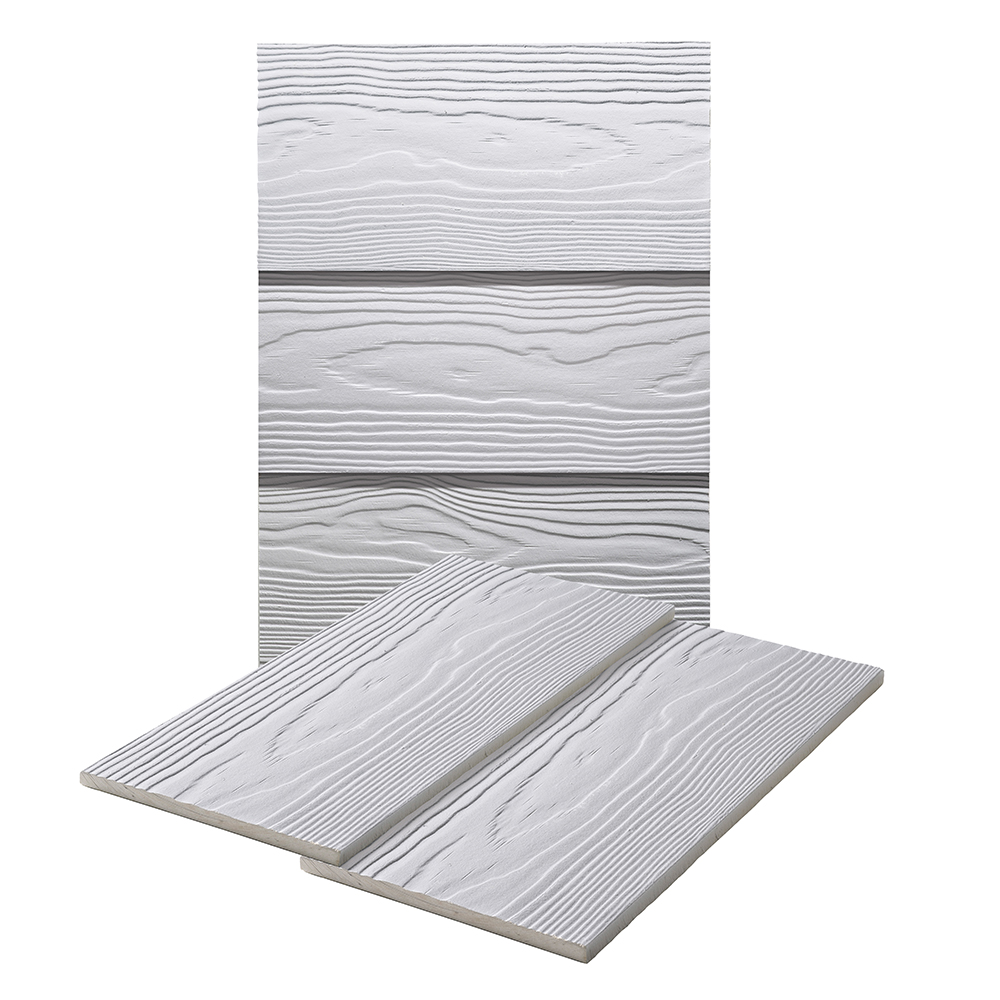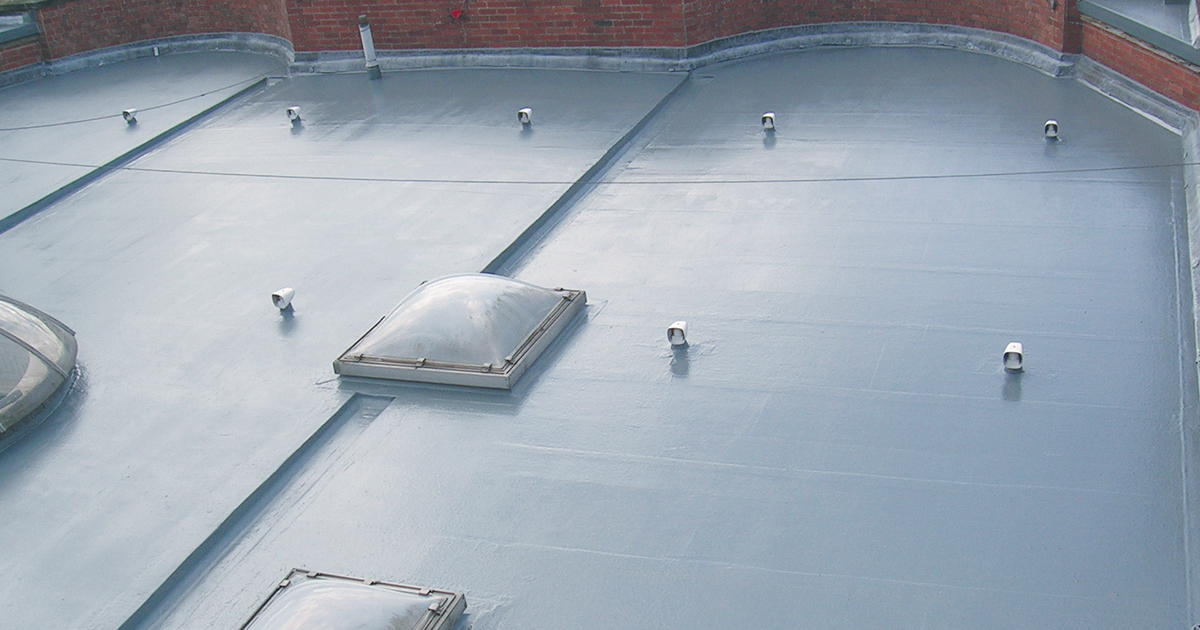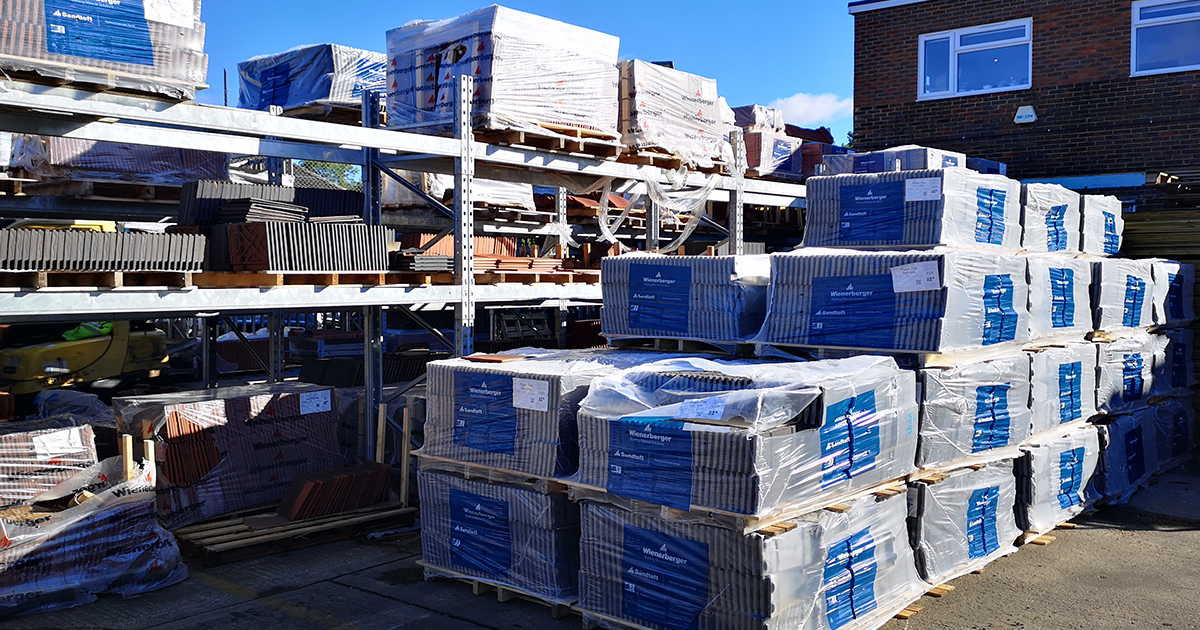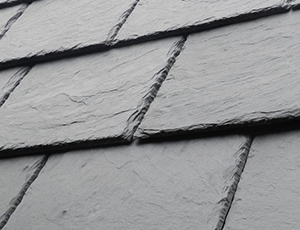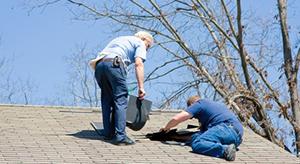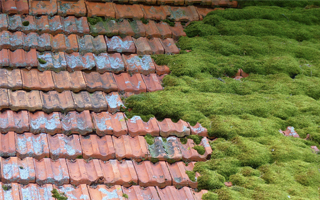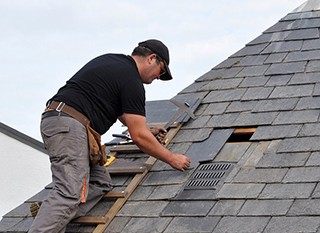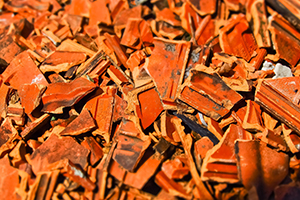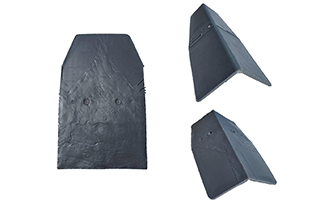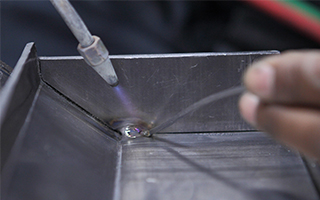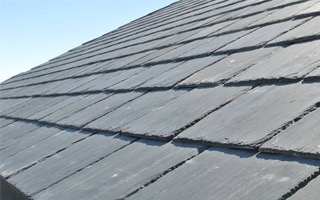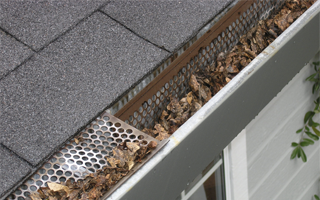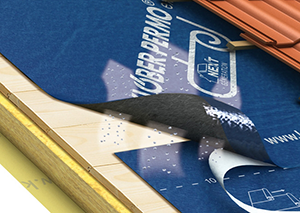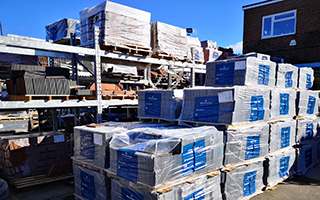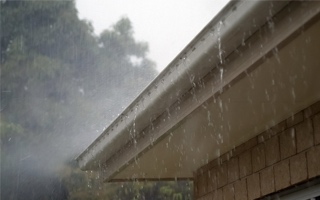Stop Your Roof Leaking with Our Repair Tips
While some roof leaks may require a professional, there are plenty of instances where fixing a leaky roof can be a DIY job. Some leaks are easy fixes, where others may require more time and some special equipment.
Here we talk you through some tricks to help you discover leaks and how to repair them with our handy tips.
Leaky roof - what you need to look out for
If you can see water stains running across your ceiling or down your home walls, this is a good indication that your roof is leaking. Unfortunately, tracking down the source of the leak is easier said than done!
The most important takeaway is that if you do think your roof is leaking, you should try to repair it as quickly as possible. The longer you leave it, the higher the potential for damage. Leave your roof leaking, and you could face having to replace your insulation, treat damp, rot, and mould, and carry out extensive work to ensure your ceiling remains safe.
Finding leaks in your roof
When you're trying to track down the leak, you can trace the stains to help you. Try to follow the pattern of the flow uphill to get to where the water is coming from. It would help if you also looked at your roof's exterior for any obvious signs of damage. Items penetrating the roof are a widespread cause of a leaky roof, as are missing or broken roof tiles or roof slates. Chimneys, plumbing, roof vents, and dormers are likely suspects as they penetrate the roof and are more susceptible to allowing water ingress.
For those with attic access, the best way to spot the source of the leak is to head into the attic space with a torch and look for water stains, mould, or black marks.
Another trick is to head onto your roof armed with a hose. You can spray water over the top where you think the leak is coming from and have someone else inside the house looking for when a drip appears through the roof. You need to be patient when doing this and let the hose run for several minutes before trying a different spot to give the water time to seep through.
If the water stain is small and you aren't able to see any flow marks to help you detect the source, you can also try looking for nails that missed the framing member - because moisture in the air of a cold attic is likely to condense on cold metal nails. If you head into your attic on a freezing night, you might see these nails shining as the cold water turns to frost on their surface. When the ice melts, the water drips - causing the leak. If you clip the nail, this should be a quick fix to this problem.

Roof leaking repair tips
You should also check your plumbing vent outlet for cracks or seams that have come apart. The rubber flashing around the pipe could also be rotten or torn, which could mean water is seeping into the house along the pipe's length. If this is the case, you'll need to buy a new vent outlet to replace the old one.
Looking for any cracks along the housings of plastic roof vents is another top tip - sealing these with a sealant such as CT1 can be a quick and easy fix in these situations. If a replacement is required, you can view our full range of pitched roof tile vents and our full range of roof slate vents from leading manufacturers Klober and Manthorpe Building Products.
Sometimes heavy rain can ingress the property around any windows in the roof. The water can find its way between corner boards, knotholes, and any cracks in window flashings. If the sealant is old or cracked, this can also create an entry point for water to ingress. Replace any sealant that seems cracked or is very old with the a modern sealant such as CT1, which is available in range of different colours.
If during severe weather, such as snow, your roof leak becomes more apparent, then poorly installed flashings are often the cause.
Small holes in roof shingles are often hard to spot and can gradually cause damage over time by letting a little water in over the years, which you may overlook until they have caused problems such as mould and rot. Small tears and pinholes are a few causes of leaks on flat GRP and felt roofs. Should you not be in a position to fully repair your roof, you can use a temporary waterproofing acrylic solution, such as Cromar Cromapol waterproof acrylic solution, to waterproof your home.
Another common place for leaky roofs is around brick chimneys. Lead flashing can, in some instances, be the cause of leaks if the lead is damaged or not installed correctly, as can the mortar around the flashing and brickwork. You can decide try to patch up your flashing, though in most cases, a complete replacement will be the best solution to stop leaks. You may decide to replace your flashing with lead or a newer lead replacement flashing. This may be a job where you choose to enlist the help of a professional. You can find our full range of lead & accessories and our full range of lead replacements on our website at aboutroofing.com.
Our roof leaking repair tips can help ensure that any leaks you discover can be promptly sorted - doing so will protect your property and minimise damage.
Contact our experts today
About Roofing is proud to supply our customers will a huge range of roofing materials to ensure their roofs stay in the best condition. If you need to repair a leaky roof, browse our range to find all the materials from trust suppliers you'll need to get the job done. If you need any help or advice, our customer service team is on hand to help. To discuss pricing and the availability of roofing materials, please call us on 01737 763008 or email us here.

Where can I find roof leak solutions near me?
You can view and order materials to address your leaks, as well as our wide range of clay roof tiles and concrete roof tiles in any of our branches listed below or we can deliver nationwide:



